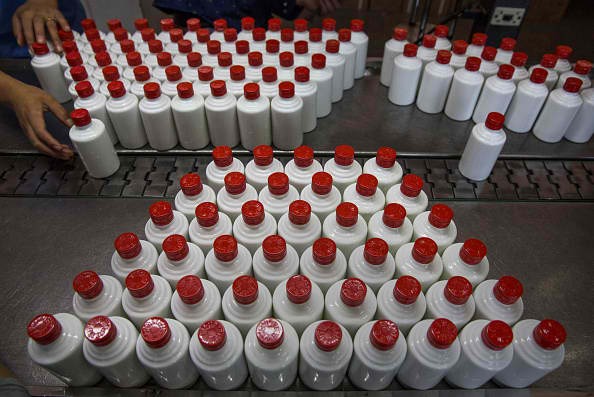China's markets have struggled to post gains last year due to issues affecting economic outlook, including the yuan's poor performance and vague regulations. But one product has stood out from the rest to bring a bright spot in Chinese indices: the exotic liquor baijiu.
The South China Morning Post reported that Chinese stocks fared poorly in 2016. Yet, a closer look on data from both Shanghai and Shenzhen indices involving returns after dividends shows that the consumer staples sector has clearly been the top performer, being the only one that posted positive returns.
Baijiu, a kind of liquor often associated with the Chinese gentry, emerged as the surprise product that drove the consumer staples sector into producing positive gains. Sales of the fierce alcoholic drink sprung off from a brief setback involving President Xi Jinping's anti-corruption drive, Bloomberg has reported.
Amid price slumps, baijiu is slowly rebounding in value, given current surges in demand. The lead-up to the Lunar New Year from December--regarded as the peak season for baijiu--justifies forecasts on its growing popularity amid inventory excesses due to the government's crackdown on lavish lifestyles.
The maturity of the baijiu industry has led observers to think of it as a stable investment, given its surging popularity among China's growing middle class. Kweichow Moutai Co. and Wuliangye Yibin Co., two of China's largest baijiu makers, have posted remarkable gains in Shanghai at 1.2 percent and 0.5 percent, respectively.
On an international scale, growing baijiu sales now form a significant portion of global industry revenues. The latest edition of the Bernstein Global Spirits Guide stated that both Moutai and Wuliangye, alongside other baijiu makers, have comprised around 27 percent of the industry's total earnings in 2016.
Other items under the consumer staples sector are also showing promising signs. An impending $892 million buyout of China Modern Dairy Holdings Ltd.'s by China Mengniu Dairy Co. may improve the sector's returns, while corn price drops can encourage food producers to produce more valuable outputs.



























